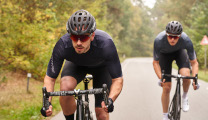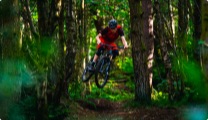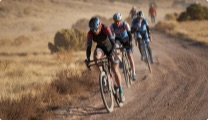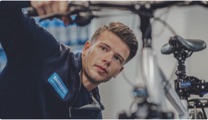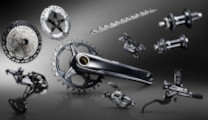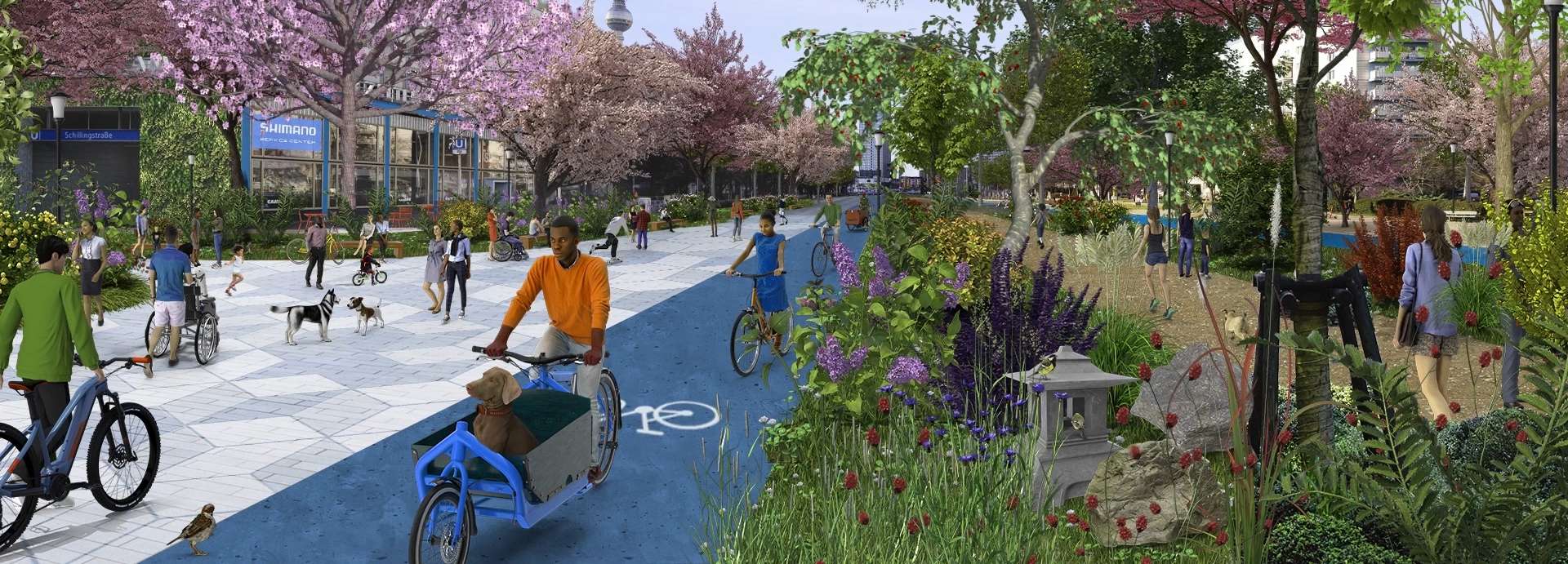To make real change we need a vision of the future. A vision that stirs passion and commitment, a vision that inspires and is worth working for. Visual designer, Jan Kamensky uses CGI video to strip away existing elements of the street and replace them with infrastructure designed for people not vehicles. This is our vision for Future Cities.
Cycling can change our world
Urban and leisure cycling has been part of modern city-life across the world for decades, yet only recently has widespread recognition of its ability to effect change been noticed. By enabling people to move about more efficiently, cycling’s contribution to our environment and people’s health and overall wellbeing is evident.
Cities which have cleaner air, less traffic and less noise pollution are ultimately more attractive to look at and more pleasurable to live in.
If more people cycled our cities could look very different – and we would all benefit. We want cities that are welcoming and fit for the future. At Shimano we have begun re-imagining what our cities could look like through innovative computer-generated animations.
The same city – but better
Recent research undertaken by the Boston Consulting Group showed that 13% of Europeans are willing to give up cars entirely, with sustainable living one of the key motivators for that decision. Research from the European Cycling Federation also found that Berlin saw an increase in cycling levels of 59% and London an increase of 119% as a result of the Covid-19 pandemic. But to build on those increases and enable people to feel confident in reducing or ending their car usage, cities need to provide safe and viable alternative transport options.
Safe and continuous infrastructure has been proven to increase levels of cycling - with people feeling safer and more confident to make journeys by bike.
Imagination is powerful
People have become used to cities, the most densely populated areas, being dominated by cars and car parking. To spark the energy that will one day lead to real, lasting change we want to show what is possible. Jan Kamensky explains, “Transformation also begins in the way we see our world. Utopia is helpful for this. It breaks with our habits of seeing. It is disruptive. It makes us look at the present with a new eye and it helps to inform our actions. Let's begin to see our world in a new way!”
To kickstart our Future Cities project, we chose two prominent locations in Berlin and London; Karl-Marx-Allee in Berlin, and Marble Arch in London. Anna Schmalko-Methorst, Shimano’s Urban Category Marketing Manager said:
‘’It’s clear that cities such as Berlin and London currently have too many streets and roads which are dominated by and designed around cars and not people. We wanted to work with Jan Kamensky to create bold and innovative visions of what our cities could look like.
‘’Starting with the Karl-Marx-Allee and Marble Arch, we have created an alternative vision of the future - one where our cities our healthier, safer, and ultimately more enjoyable places to live.’’
But this is just the start, we welcome suggestions for which cities we can transform next, let action follow our visualisations.
A vision of Karl-Marx-Allee, Berlin

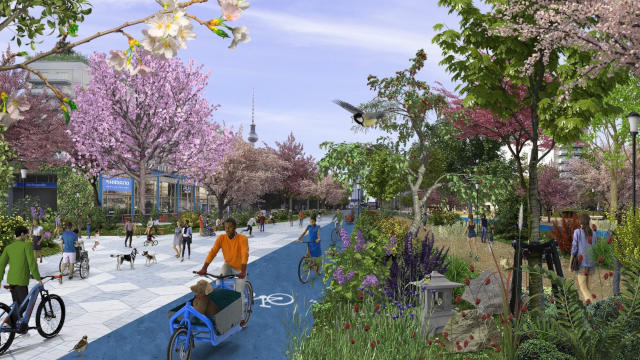
Built between 1952 and 1960, Kar-Marx-Allee is currently a prominent shopping destination, at almost 90 metres wide and nearly 2 kilometres long. The road however is dominated by traffic, Jan’s Future Cities work re-imagined it in a way that still retains its inherent Berlin nature, but dramatically changes its usage. Jan lifts the cars and traffic furniture away, while the location transitions into a cycling and walking utopia. Trees line the road, there are wide cycle paths with a range of bikes in use, people walking and birds flying.
A vision of Marble Arch, London
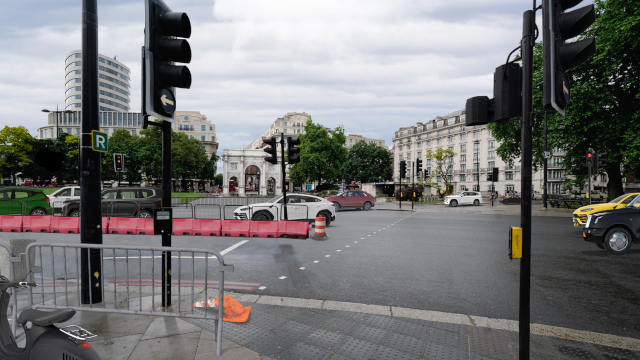
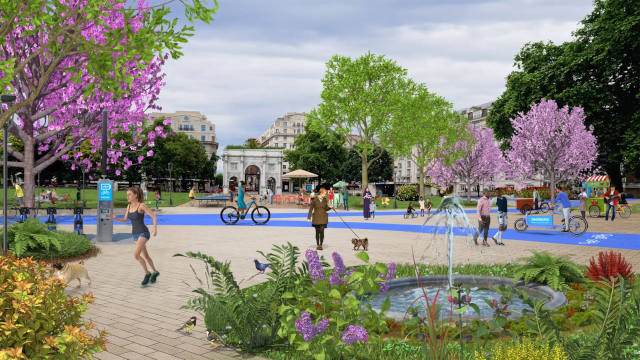
In London, the iconic space around Marble Arch, next to Oxford Street, situated next at the corner of Hyde Park, is a notoriously busy area for traffic. Multiple lanes of traffic dominate the famous landmark. It doesn’t feel welcoming for people to move around.
Following the removal of the infamous “Mound,” this high profile tourist spot still feels ultimately transient and doesn’t cater for London’s citizens. Jan’s work with Future Cities shows how it can become an extension of Hyde Park, encouraging cycling mobility, wellbeing and enjoyment.
Share this article
